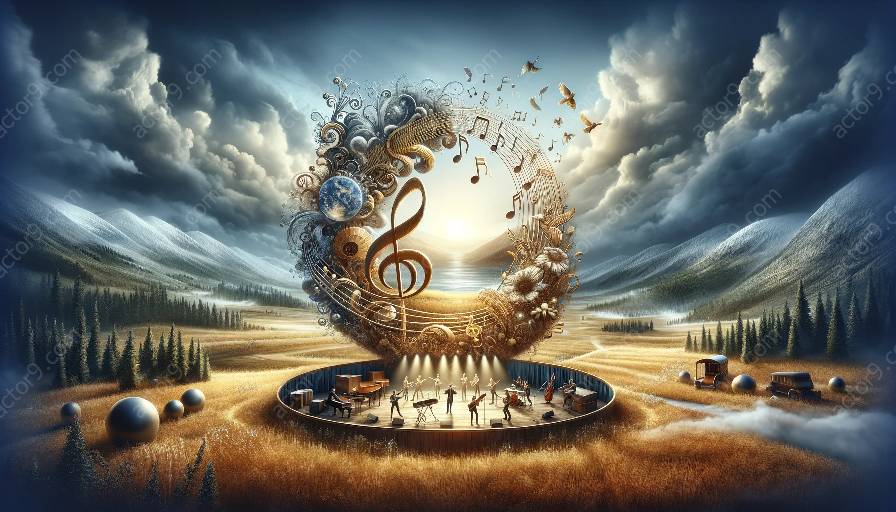When spectators think of a circus performance, they often imagine the awe-inspiring acrobats, the skilled jugglers, and the majestic animals. However, one integral aspect that significantly contributes to the magical atmosphere of the circus is the accompanying music. The collaboration between circus performers and musicians is a complex and meticulous process that forms the backbone of a cohesive and unforgettable show.
The Role of Music in Circus Performances
Music plays a crucial role in bringing the artistic vision of a circus performance to life. The rhythm, melody, and tempo of the music enhance the visual and emotional impact of the acts, creating a synchronized fusion of auditory and visual stimuli that captivates the audience. The music sets the mood and builds a connection between the spectators and the performers, intensifying the overall experience.
From thrilling daredevil stunts to graceful aerial performances, the music serves as a guiding force, cueing the performers and influencing their movements. The timing and flow of the acts are often meticulously choreographed to harmonize with the musical accompaniment, resulting in a seamless integration of physical prowess and auditory stimulation.
Circus Arts and Music: A Symbiotic Relationship
The collaboration between circus performers and musicians establishes a symbiotic relationship where both parties rely on each other to create a captivating and cohesive performance. Performers draw inspiration from the music, allowing its cadence and emotion to shape their routines and provide a rhythmic foundation for their movements.
Conversely, musicians adapt their compositions to sync with the dynamics of each act, amplifying the impact of the visual spectacle and offering a rich, multi-dimensional experience to the audience. Through this partnership, circus arts and music coalesce, elevating the spectator's engagement and elevating the overall ambiance of the show.
To understand the intricacies of how circus performers and musicians collaborate, it's essential to delve into the distinct aspects of their partnership.
The Collaboration Process
1. Conceptualization and Vision
At the outset, the performers and musicians align their creative visions to establish a cohesive theme for the show. This phase involves brainstorming sessions where the two groups exchange ideas, discuss the emotional and narrative nuances of each act, and outline the musical motifs that will underscore the performance.
2. Music Composition and Selection
Composing original music or selecting existing pieces requires a careful consideration of the pace, mood, and transitions within the show. Musicians work closely with the performers to understand the intricacies of their acts, crafting melodies and rhythms that complement the ebb and flow of the performances, accentuating climactic moments, and enhancing the emotional impact of each act.
3. Rehearsals and Adaptations
During rehearsals, performers and musicians fine-tune their collaboration, adjusting the music to synchronize seamlessly with the timing and precision of the acts. This iterative process involves refining transitions, synchronizing cues, and fostering a deep understanding of the emotional dynamics within each act.
4. Live Performance and Feedback
When the show unfolds in front of a live audience, the collaborative efforts of performers and musicians culminate in a mesmerizing display of artistry. Adapting to the energy and responses of the spectators, the collaborative duo continually refines their performances, leveraging the power of live feedback to further enhance their synchronization and mutual impact.
Conclusion
The collaboration between circus performers and musicians is a synergy of creativity and coordination that elevates the circus arts to new heights. Through their commitment to harmonizing music and movement, these artists craft captivating performances that leave an indelible mark on the hearts and minds of the audience, creating an enchanting world where the realms of sound and spectacle converge.


































